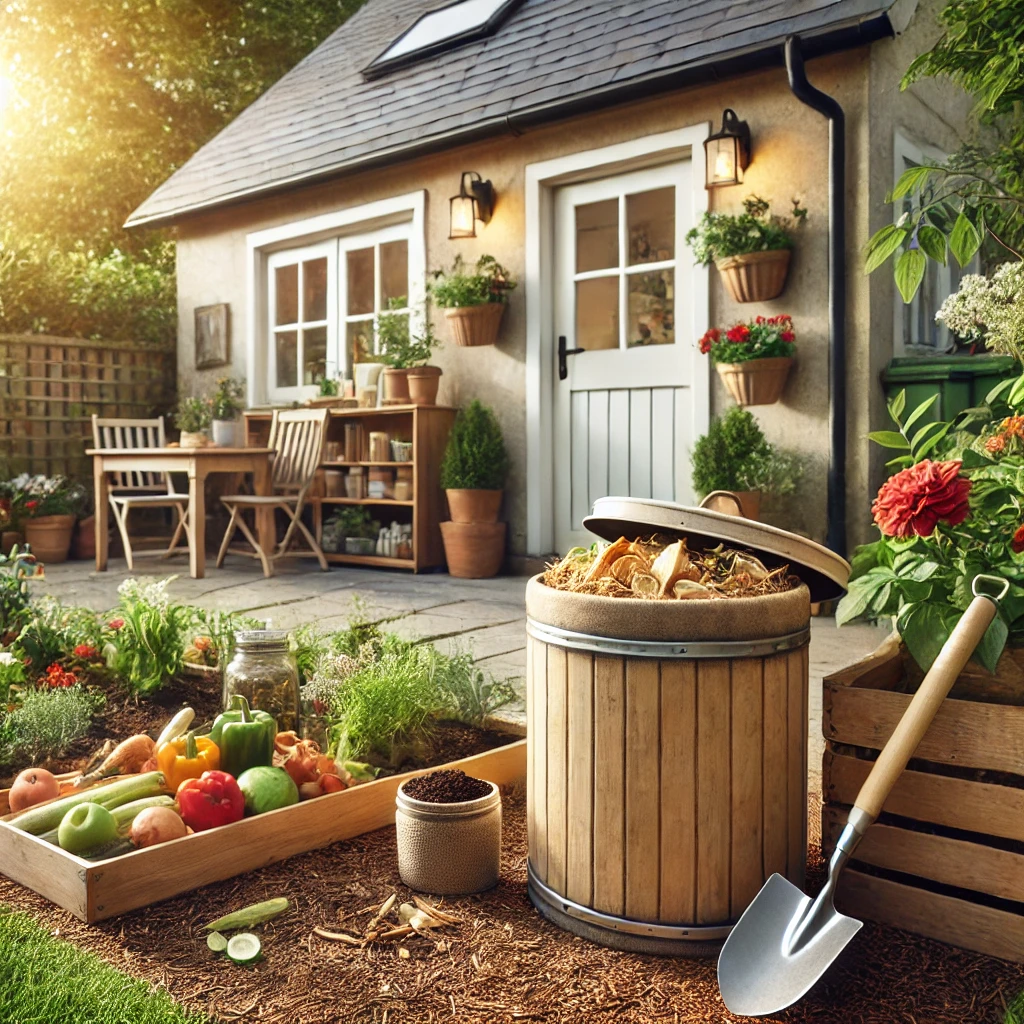Physical Address
304 North Cardinal St.
Dorchester Center, MA 02124
Physical Address
304 North Cardinal St.
Dorchester Center, MA 02124


Have you ever considered what happens to your food scraps? Instead of letting them pile up in a landfill, why not turn them into valuable compost? Composting at home is an excellent way to reduce waste, enrich your garden, and contribute to a healthier planet. It’s easier than you think, and it’s a step that everyone, regardless of where they live, can take toward a more sustainable lifestyle.
In this guide, we’ll walk you through the basics of zero-waste composting, share tips to make the process simple, and explain how it benefits both you and the environment.
Did you know that food waste is one of the biggest contributors to greenhouse gas emissions? When food scraps end up in landfills, they decompose without oxygen, releasing methane—a potent greenhouse gas. By composting, we can prevent this waste, enrich our soil, and create a sustainable cycle of growth.
According to the Environmental Protection Agency, composting also improves soil structure, promotes biodiversity, and reduces the need for chemical fertilizers. It’s a simple way for households worldwide to make a big impact on environmental health.
Home composting can fit any lifestyle, whether you live in a spacious home or a small apartment. Here are a few methods to consider:
Tip: Start with the method that best fits your lifestyle. If you’re in a small space, vermiculture or bokashi composting might be a convenient choice.
Setting up a compost bin at home is straightforward. Here’s a quick guide:
The NRDC offers a helpful guide on choosing the best composting setup for your needs.
Composting is relatively flexible, but there are a few key items to include and avoid. Here’s a quick breakdown:
Compostable Items
Items to Avoid
If you’re ever unsure, remember that natural, unprocessed materials are typically safe for compost. By keeping these guidelines in mind, your compost will stay healthy and productive.
Once you have a system in place, these tips will help you keep your compost active and efficient:
Pro Tip: In regions with hot climates, cover your compost to retain moisture. Meanwhile, colder areas might benefit from composting bins that retain heat, helping to speed up the process.
Sara, from Brazil, started composting with her family to reduce their kitchen waste. They used a simple DIY compost bin in their small backyard. After three months, they had their first batch of rich compost, which they used to nourish their vegetable garden. Not only did their waste output shrink, but their garden also thrived with the added nutrients. This small change encouraged them to explore other eco-friendly practices!
At EcoTipsEveryday.com, we believe that small steps like composting can lead to big changes. Whether you’re a beginner or a seasoned composter, each effort brings us closer to a more sustainable world.
Composting at home is a powerful way to reduce waste, enrich your garden, and play a part in a zero-waste lifestyle. Have you tried composting before, or are you just getting started? Share your experiences or any tips you have with our community! Every compost pile helps create a greener planet, one step at a time. So let’s roll up our sleeves and get started today!